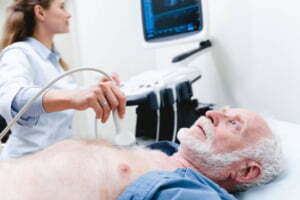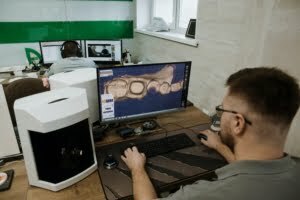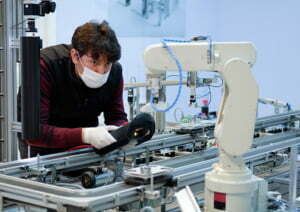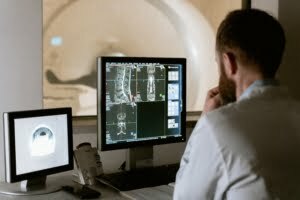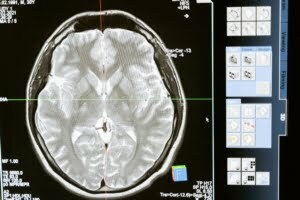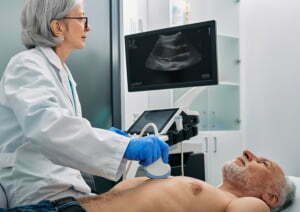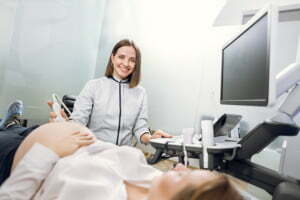
A team at the University of Illinois has been given a $2m grant to develop devices that can add 3D medical imaging capability to traditionally 2D ultrasound systems.
The FASTER project, led by the Beckman Institute for Advanced Science and Technology, has been proposed as a way to make advanced three-dimensional imaging technologies more widely accessible without the need for dedicated and expensive CAT scanners or MRI machines.
Ultrasound, by contrast, is available in many diagnostic rooms along with X-rays, and thus is often one of the earliest forms of diagnostic imaging people will have taken when they see a doctor about a medical issue.
The concept behind ultrasound is similar to the system used by bats to perceive space and objects without sight. Bats emit a high-pitched ultrasonic sound wave that bounces off of objects and how that sound returns allows them to perceive and avoid obstacles in a process known as echolocation.
Ultrasound works similarly, typically using a probe or handheld devices to send a beam of ultrasonic waves around a part of the body, typically based on a known location such as a tumour or a foetus.
From this, the machine can determine the shape, size and location of the target in question and present that information. The only issue is that information is presented in two dimensions, which can make complex tissues, organs and tumours difficult to diagnose, often requiring several scans.
The proposed solution to this by the Beckman Institute is to use a clip-on device that attaches to the probe and instantly enables 3D ultrasound imaging in real-time.
A 3D ultrasound can capture the surrounding area, as well as the whole object, much in the same way a CAT scan does, and this can help doctors at a glance know exactly what kind of issue they are dealing with, in a way that is more cost-effective and thus more widely available.
Its first adaptation will be at the Mayo Clinic in Minnesota, with the hope that it can be more widely utilised based on its effectiveness.


